Browse Books
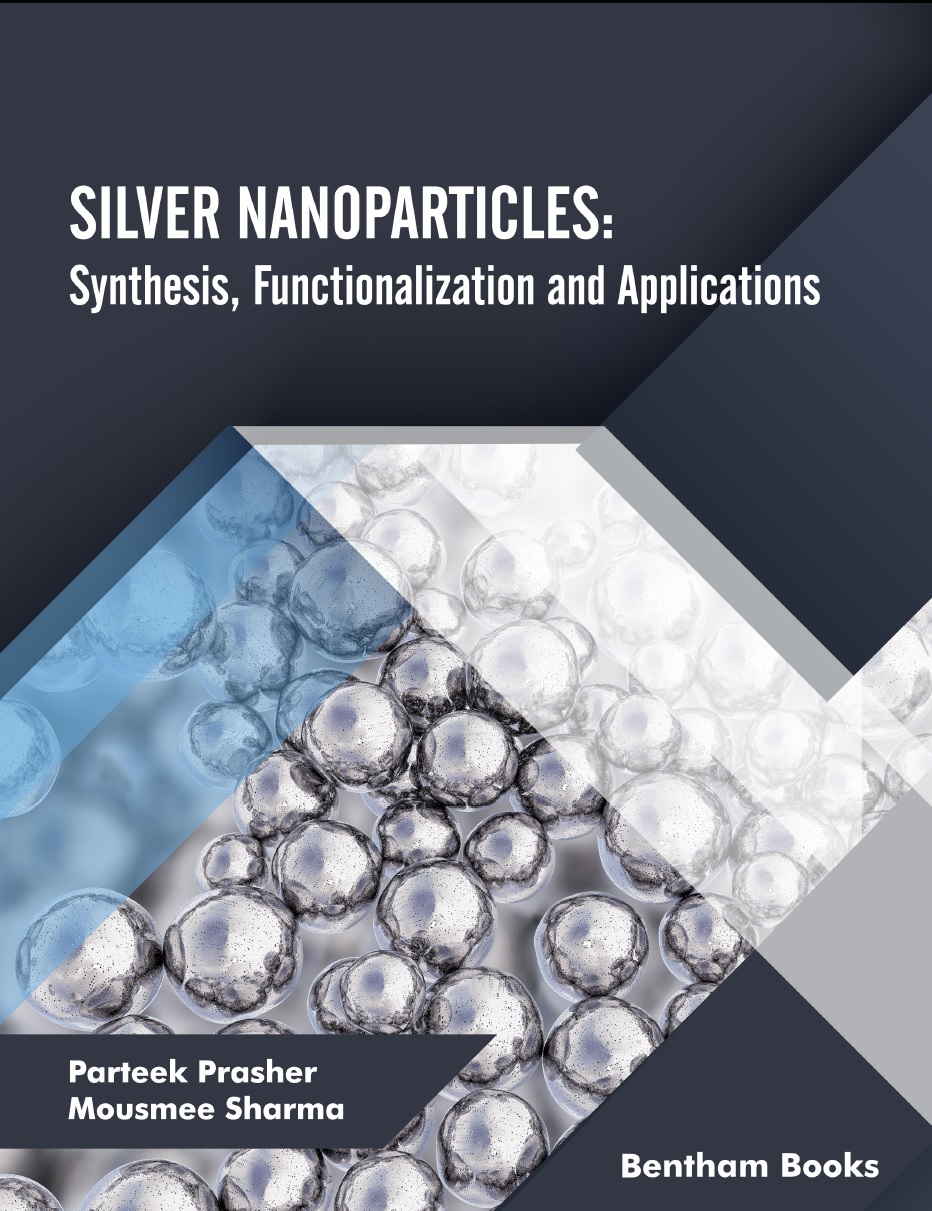
SILVER NANOPARTICLES: Synthesis, Functionalization and Applications
Mar 2022
Book
Silver Nanoparticles: Synthesis Functionalization and Applications presents detailed information about the range of methods of synthesizing silver nanoparticles (AgNPs). The book systematically delves into the subject with an introductory chapter before moving to chemical synthesis of AGnPs and fabrication methods which help in assigning functional properties for useful nanomaterials. Basic and advanced synthetic methods like surface fun Read More

Safety Science: Methods to Prevent Incidents and Worker Health Damage at the Workplace
Aug 2015
Book
Risk management is a process through which an organization methodically analyses risks inherent in all of its operational activities with the aim of minimizing damage to physical assets or occupational health hazards. Risk Management therefore should be a central element in the management strategy of any organization as it plays a crucial role in giving the organization a sustainable operational advantage. Safety Science: Methods to Prevent Incidents Read More

Schrödinger’s Cat Smile
Algorithms for Construction of Reality in Physics: Volume 2
Oct 2022
Book
The book presents a multidisciplinary analysis of the context of quantum physics experiments and the function of the human mind that makes it possible to demonstrate that an object-based model of reality formed at the level of the unconscious is the basis of our worldview. The consciousness experiences a "time flow" because of the specific features of perception in the form of a model with a sequential fixation of events. Together with the need to rel Read More
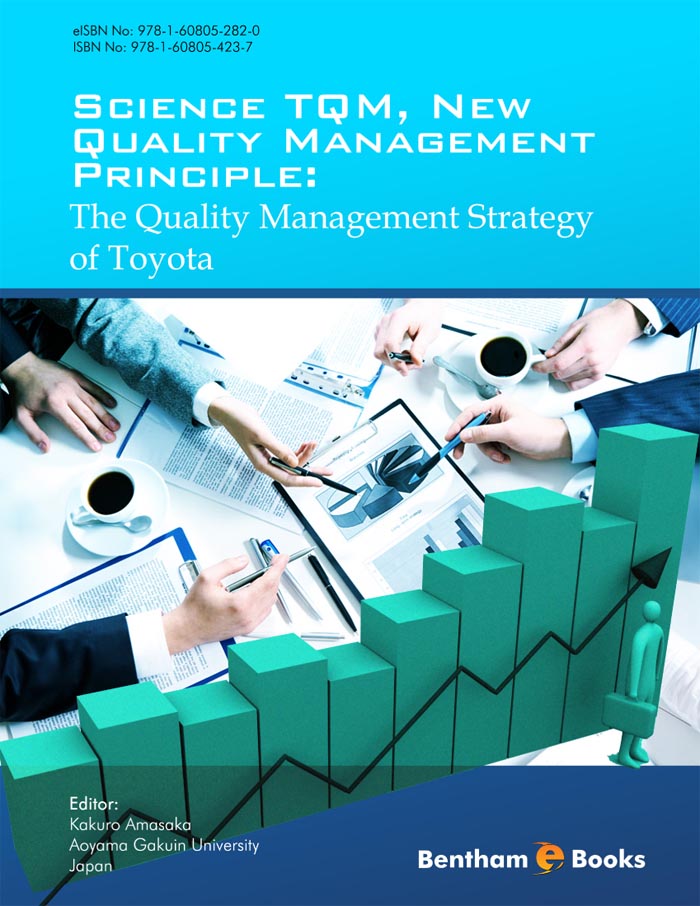
Science TQM, New Quality Management Principle: The Quality Management Strategy of Toyota
Jun 2012
Book
Kakuro Amasaka
When we look at the quality management issues that have faced both in Japan and the rest of the world recently it is clear that a next-generation quality management practice is required featuring a rational approach that will motivate people and revitalize organizations. We need to reassess the way quality management is carried out in the manufacturing industry and establish‘ Science Total Quality Management (TQM) new quality management princi Read More
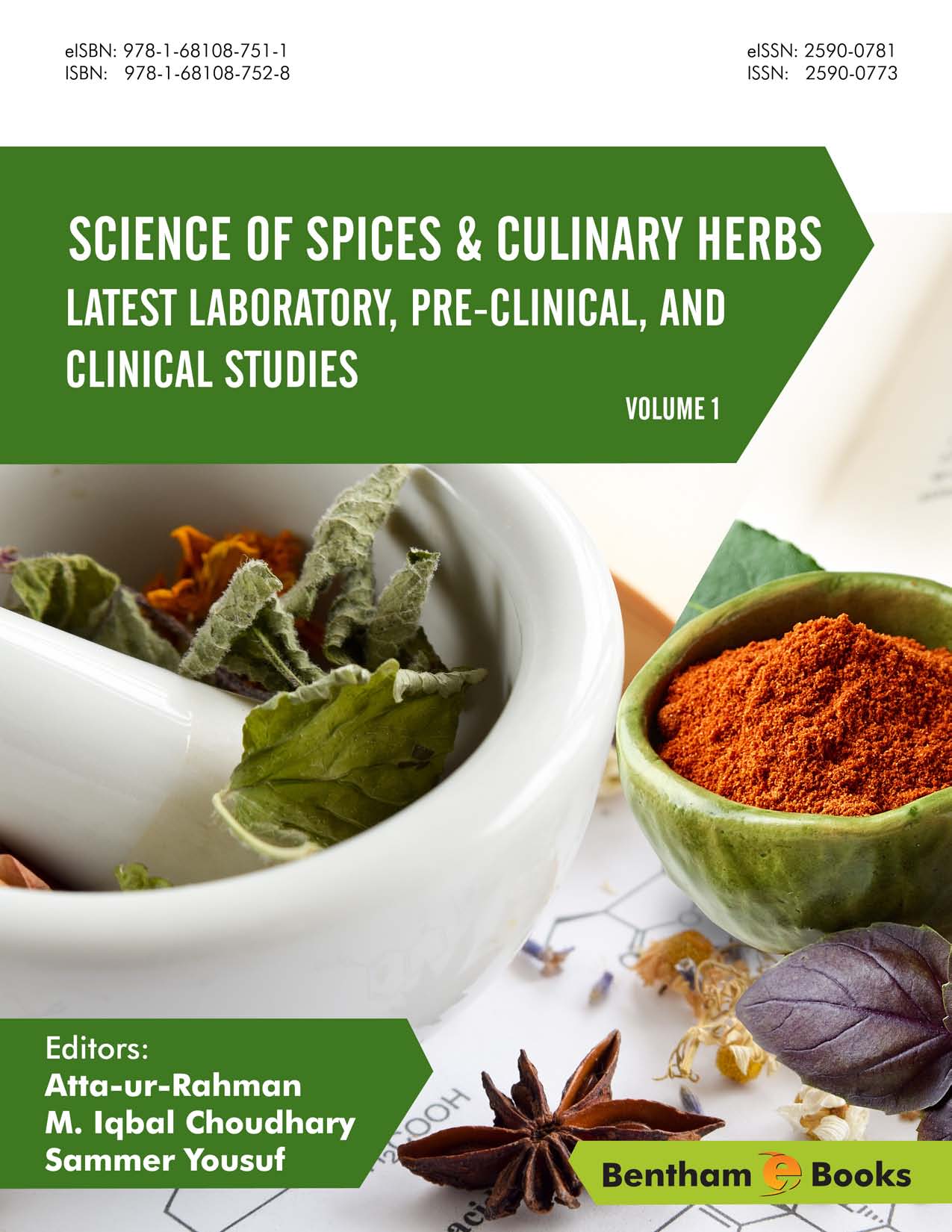
Science of Spices and Culinary Herbs - Latest Laboratory, Pre-clinical, and Clinical Studies: Volume 1
Aug 2019
Book
Atta-ur-Rahman,
M. Iqbal Choudhary and
Sammer Yousuf
Many herbs and spices in addition to their culinary use for taste contain chemical compounds which have medicinal uses. For this reason herbs and spices have been used for treating various ailments since ancient times. Modern scientific methods have enabled researchers to isolate bioactive compounds from herbs and spices and perform chemical analyses which can be used to develop medicines to treat different diseases. This book series is a compila Read More

Science of Spices and Culinary Herbs - Latest Laboratory, Pre-clinical, and Clinical Studies: Volume 2
Aug 2020
Book
Atta-ur-Rahman,
M. Iqbal Choudhary and
Sammer Yousuf
Many herbs and spices in addition to their culinary use for taste contain chemical compounds which have medicinal uses. For this reason herbs and spices have been used for treating various ailments since ancient times. Modern scientific methods have enabled researchers to isolate bioactive compounds from herbs and spices and perform chemical analyses which can be used to develop medicines to treat different diseases. This book series is a compila Read More
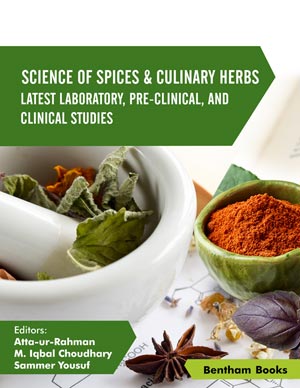
Science of Spices and Culinary Herbs - Latest Laboratory, Pre-clinical, and Clinical Studies: Volume 3
Nov 2020
Book
Atta-ur-Rahman,
M. Iqbal Choudhary and
Sammer Yousuf
Many herbs and spices in addition to their culinary use for taste contain chemical compounds which have medicinal uses. For this reason herbs and spices have been used for treating various ailments since ancient times. Modern scientific methods have enabled researchers to isolate bioactive compounds from herbs and spices and perform chemical analyses which can be used to develop medicines to treat different diseases. This book series is a compila Read More
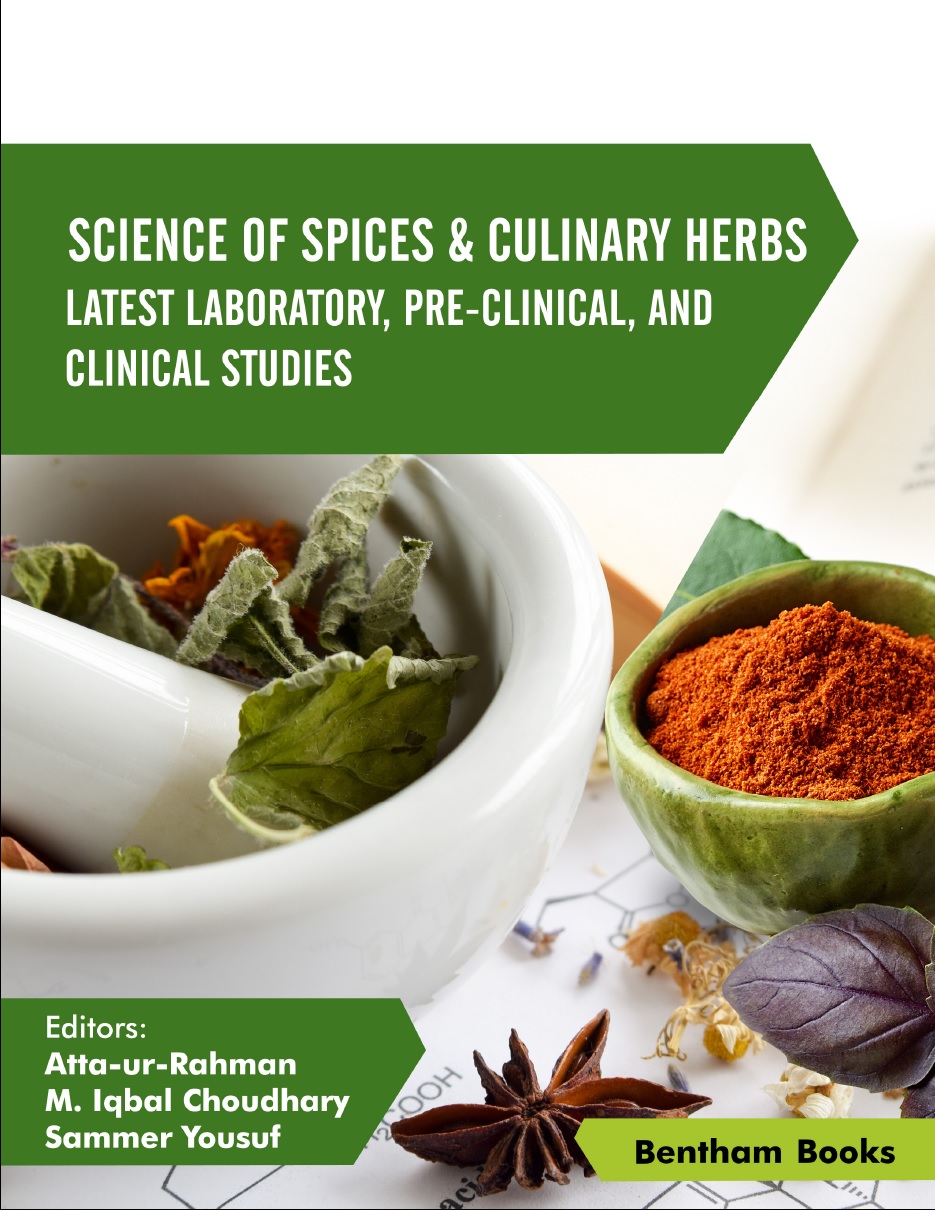
Science of Spices and Culinary Herbs - Latest Laboratory, Pre-clinical, and Clinical Studies: Volume 4
Jul 2021
Book
Atta-ur-Rahman,
M. Iqbal Choudhary and
Sammer Yousuf
Many herbs and spices in addition to their culinary use for taste contain chemical compounds which have medicinal uses. For this reason herbs and spices have been used for treating various ailments since ancient times. Modern scientific methods have enabled researchers to isolate bioactive compounds from herbs and spices and perform chemical analyses which can be used to develop medicines to treat different diseases. This book series is a compila Read More
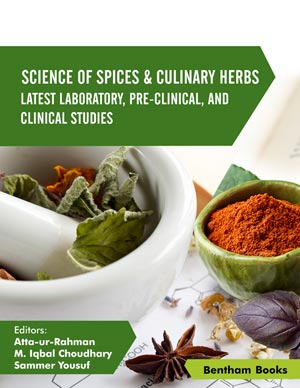
Science of Spices and Culinary Herbs - Latest Laboratory, Pre-clinical, and Clinical Studies: Volume 5
Dec 2021
Book
Atta-ur-Rahman,
M. Iqbal Choudhary and
Sammer Yousuf
Many herbs and spices in addition to their culinary use for taste contain chemical compounds which have medicinal uses. For this reason herbs and spices have been used for treating various ailments since ancient times. Modern scientific methods have enabled researchers to isolate bioactive compounds from herbs and spices and perform chemical analyses which can be used to develop medicines to treat different diseases. This book series is a compila Read More
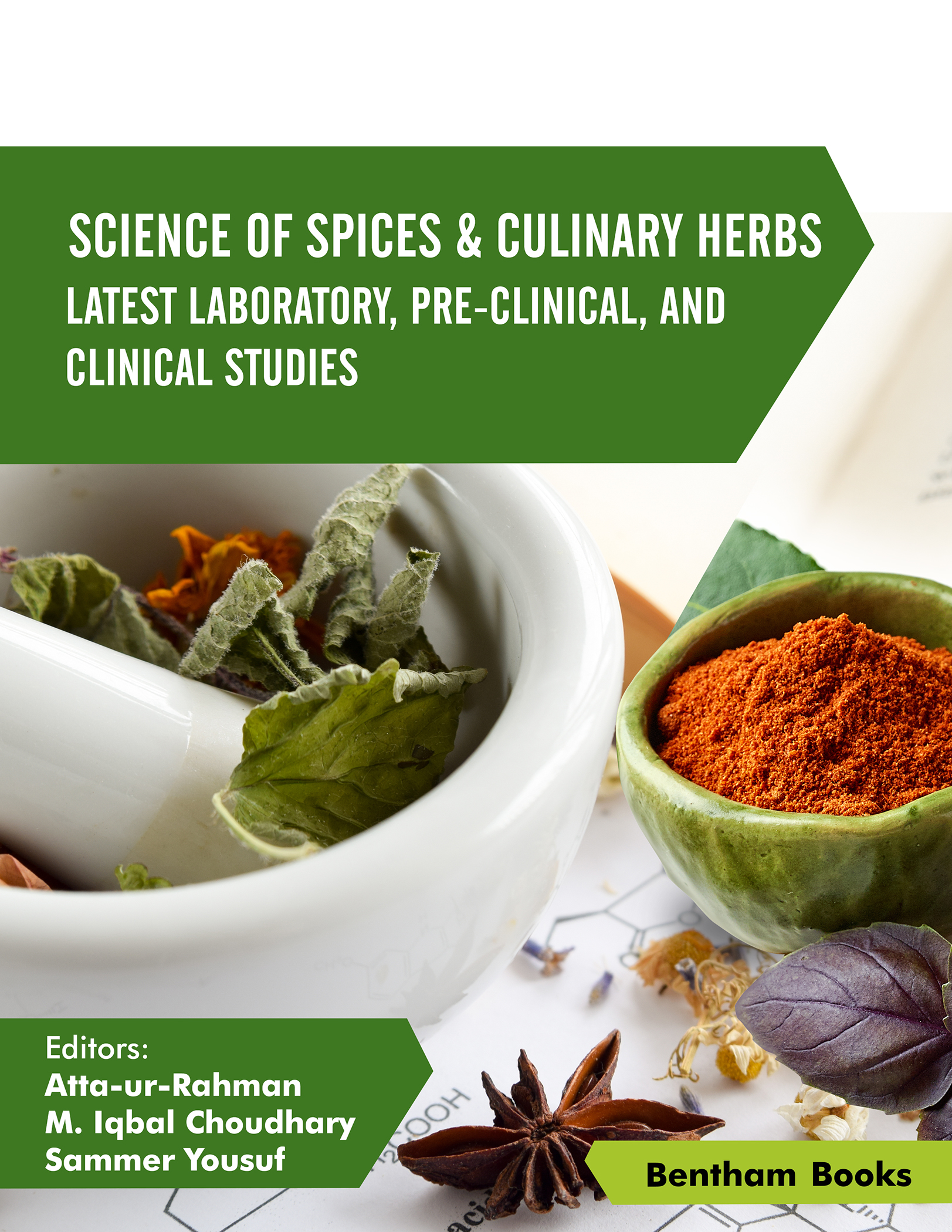
Science of Spices and Culinary Herbs - Latest Laboratory, Pre-clinical, and Clinical Studies: Volume 6
Aug 2024
Book
Atta-ur-Rahman,
M. Iqbal Choudhary and
Sammer Yousuf
Many herbs and spices in addition to their culinary use for taste contain chemical compounds which have medicinal uses. For this reason herbs and spices have been used for treating various ailments since ancient times. Modern scientific methods have enabled researchers to isolate and analyze bioactive compounds from herbs and spices to develop medicines for different diseases. Science of Spices and Culinary Herbs presents current reviews on s Read More
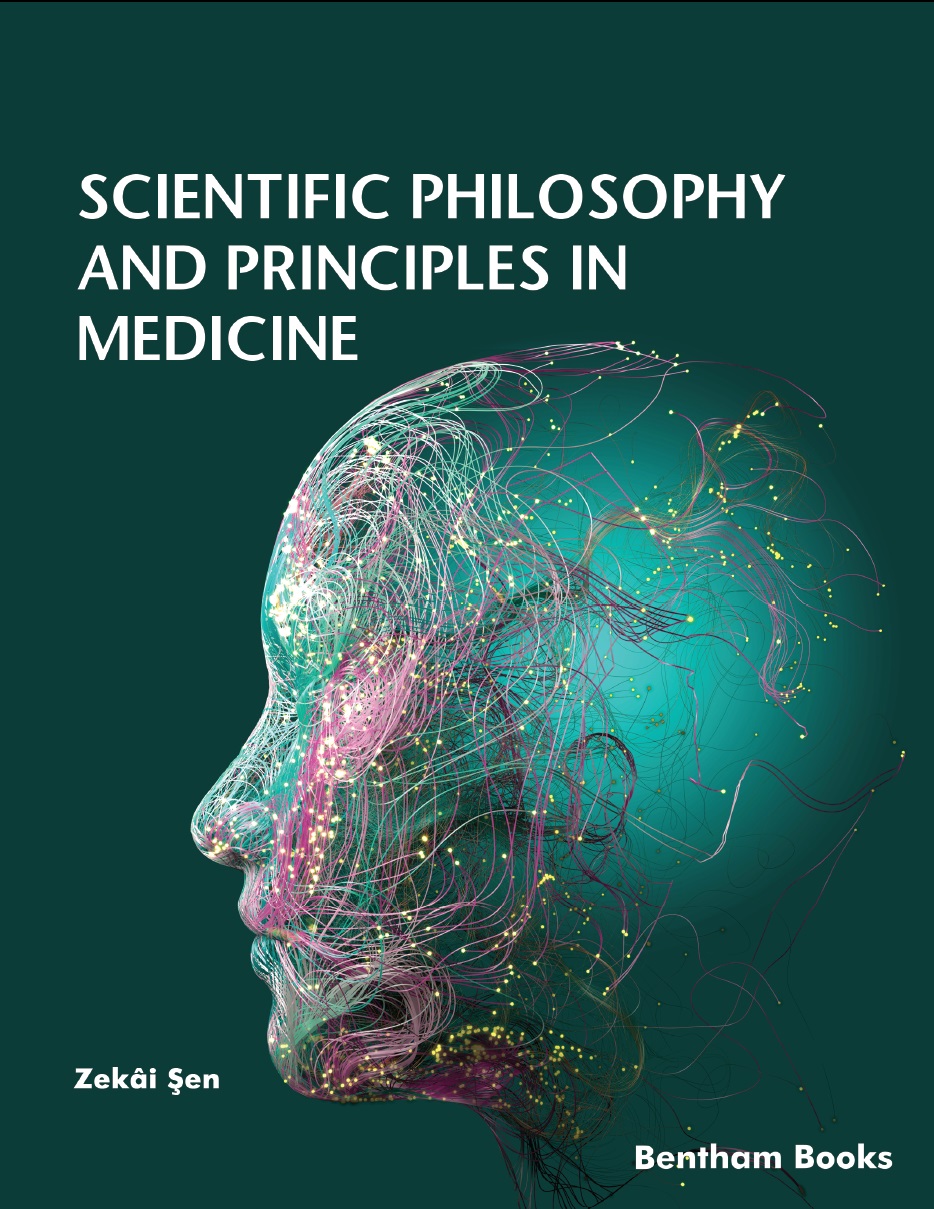
Scientific Philosophy and Principles in Medicine
Nov 2022
Book
Scientific Philosophy and Principles in Medicine is an accessible treatise on the philosophy that guides medical practice. It lays the foundation of a multidisciplinary framework behind the development of the medical profession. The book presents 10 chapters that cover issues that are frequently encountered by medical professionals in their career: philosophical and linguistic principles of rational thought scientific crisp and fuzzy logic diagn Read More

Semiconductor Nanoscale Devices: Materials and Design Challenges
Mar 2025
Book
Ashish Raman,
Prabhat Singh,
Naveen Kumar and
Ravi Ranjan
Semiconductor Nanoscale Devices: Materials and Design Challenges provides a comprehensive exploration of nanoscale technologies and semiconductor device design focusing on innovative materials and advanced applications. It bridges classical and quantum concepts offering insights into foundational materials device architectures and future technologies like biosensors 6G communication and photovoltaics. The book is organized into three secti Read More
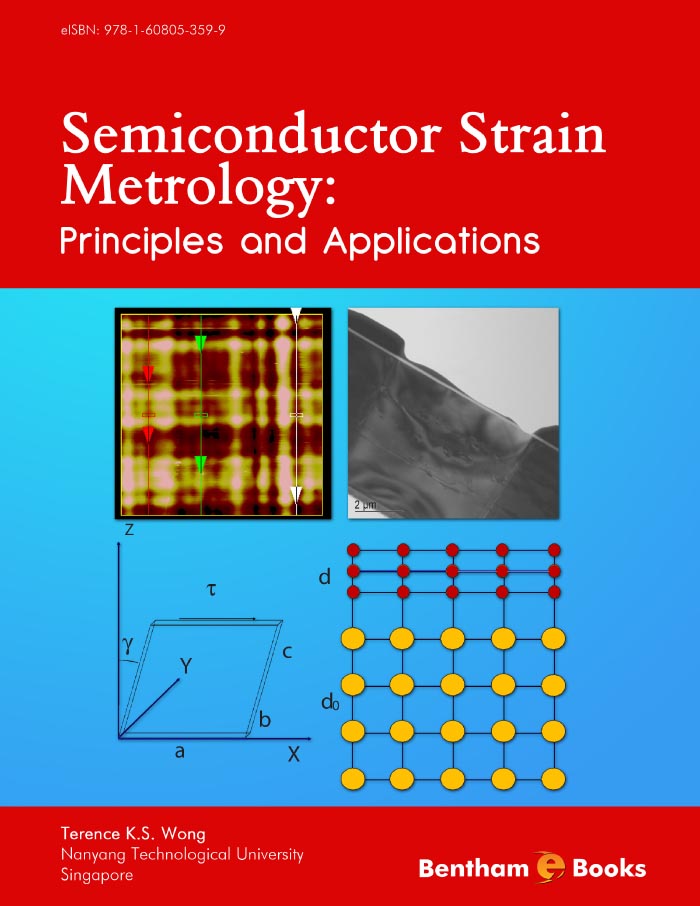
Semiconductor Strain Metrology: Principles and Applications
May 2012
Book
This book surveys the major and newly developed techniques for semiconductor strain metrology. Semiconductor strain metrology has emerged in recent years as a topic of great interest to researchers involved in thin film and nanoscale device characterization. This e-book employs a tutorial approach to explain the principles and applications of each technique specifically tailored for graduate students and postdoctoral researchers. Selected topics i Read More
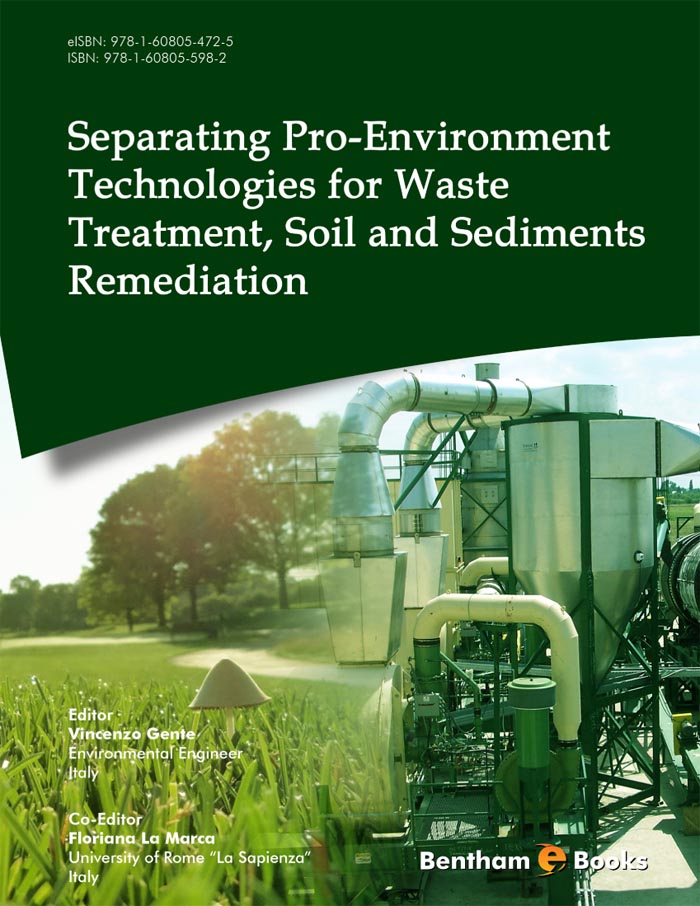
Separating Pro-Environment Technologies for Waste Treatment, Soil and Sediments Remediation
Nov 2012
Book
Vincenzo Gente and
Floriana La Marca
The removal of contaminants and pollutants from natural or valuable materials is a critical issue in environmental management and conservation. Fundamentally the procedure consists of measures employed to separate what is good (recyclable materials soil and sediments) from what is bad (non recyclable materials contaminants).A perspective of current technologies developed for mineral processing is of great assistance for finding appro Read More
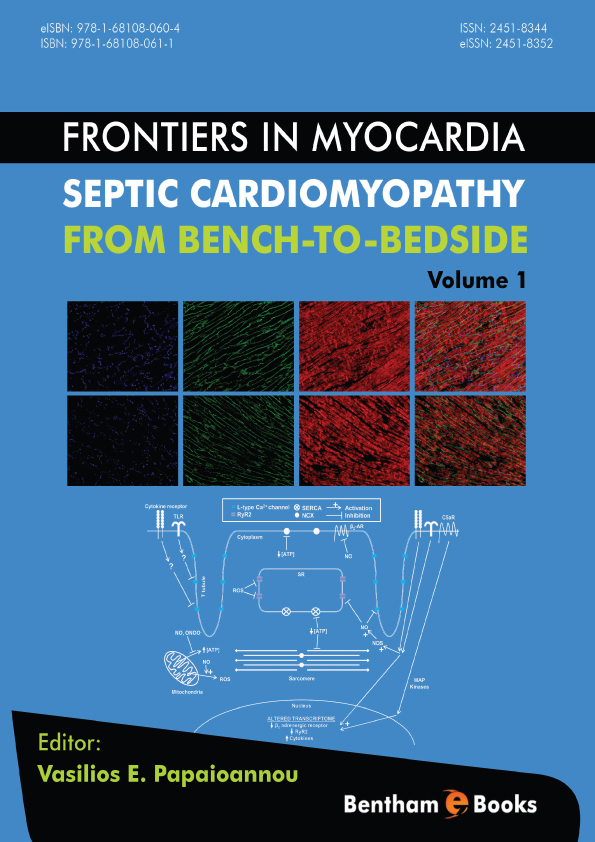
Septic Cardiomyopathy From Bench-to-Bedside
Jul 2015
Book
Vasilios E. Papaioannou
Frontiers in Myocardia is an eBook series which compiles information about the structure and function of myocardial (the heart muscles) and includes updated reviews on the recent developments in the treatment of associated diseases such as angina cardiac arrhythmias and myocardial infarction. Advances in research on clinical sepsis in the last few decades have lead to the use of new concepts and treatment paradigms that have been tes Read More

Serial Killers Around the World: The Global Dimensions of Serial Murder
Nov 2014
Book
Serial Killers Around the World: The Global Dimensions of Serial Murder compiles serial murder case studies from several countries - from Australia to Great Britain and from Japan to Pakistan. The author has covered accounts on a wide array of serial killers including some well known felons namely Jack the Ripper The Butcher of Mons Martin & Marie Dumollard as well as some of the lesser known serial slayers such as Daisy DeMelker Yoshio Kodaira Javed Iqb Read More
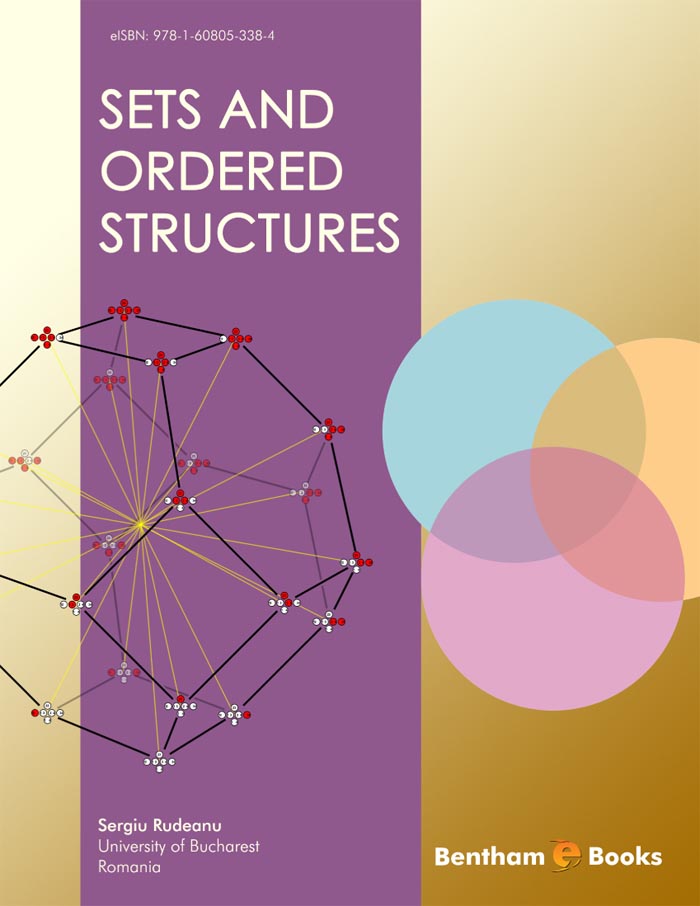
Sets and Ordered Structures
Mar 2012
Book
This e-book presents several basic methods and results of order theory that are currently used in various branches of mathematics. It presents topics that require a broad explanation in a concise and attractive way. Readers will easily identify problems/techniques/solutions without the frustration of long searches through previous notations definitions and results. It begins with a sketch of axiomatic set theory and of the theory of categories. The fundamental Read More
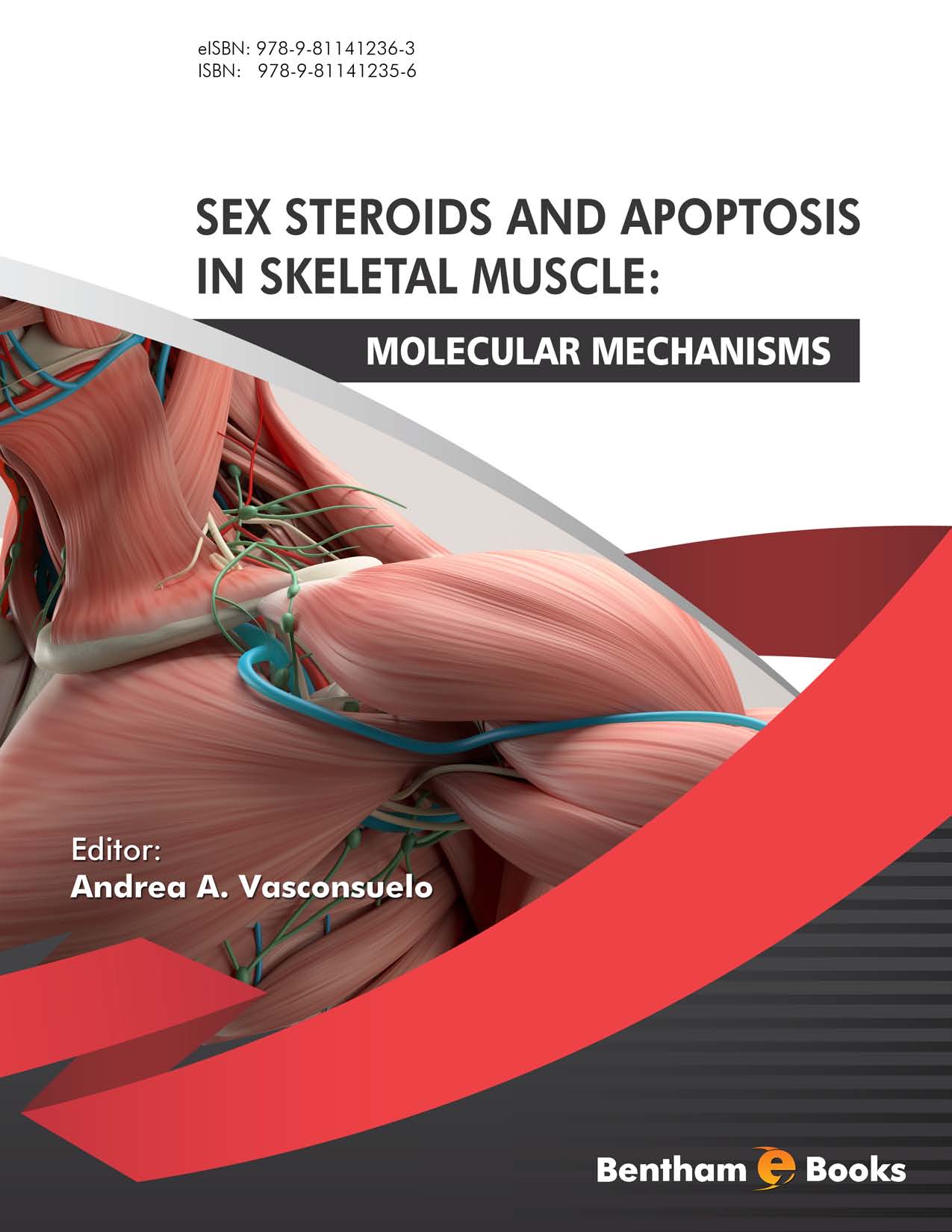
Sex Steroids and Apoptosis In Skeletal Muscle: Molecular Mechanisms
Jun 2019
Book
Andrea A. Vasconsuelo
This monograph focuses on the actions exerted by sex hormones 17β-estradiol and testosterone in skeletal muscle tissue. An important consideration of this volume is the fact that both estrogen receptors (ERs) and androgen receptors (ARs) are ubiquitously expressed and as a result steroid hormones affect growth and different cell functions in several organs. Moreover ERs and ARs may have a non-classical pattern of intracellular localizations raising c Read More

Sialobiology: Structure, Biosynthesis and Function. Sialic Acid Glycoconjugates in Health and Disease
Jan 2013
Book
Joe Tiralongo and
Ivan Martinez-Duncker
This eBook presents a summary of central aspects of sialobiology (i.e. the study of sialic acid and its relevance to biology). The importance of substitution by the sugar sialic acid and the role played by sialylated structures (eg. glycoproteins glycolipids glycoconjugates) in immune recognition neural cell growth embryogenesis and disease development including microbial pathogenesis and cancer progression has become well-established.Since 1995 the fi Read More
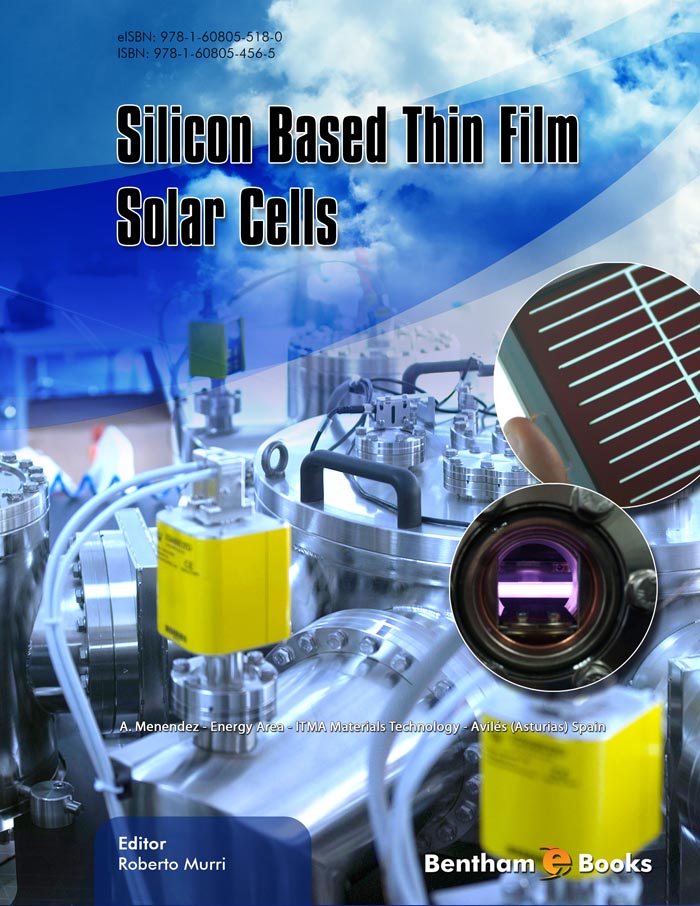
Silicon Based Thin Film Solar Cells
Mar 2013
Book
Roberto Murri
Silicon Based Thin Film Solar Cells explains concepts related to technologies for silicon (Si) based photovoltaic applications. Topics in this book focus on 'new concept' solar cells. These kinds of cells can make photovoltaic power production an economically viable option in comparison to the bulk crystalline semiconductor technology industry. A transition from bulk crystalline Si solar cells toward thin-film technologies reduces usage of active material a Read More
No more items...
